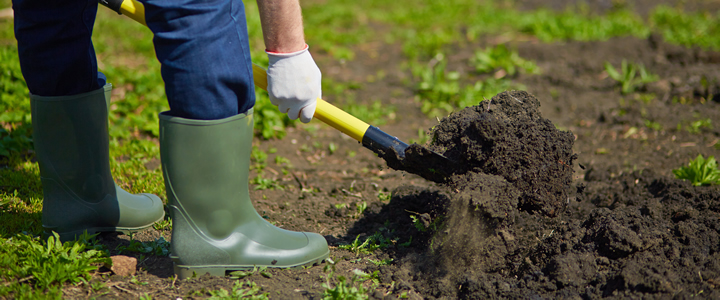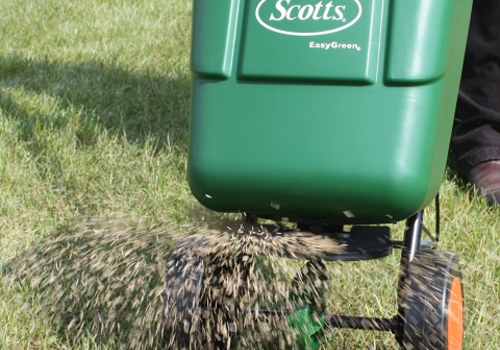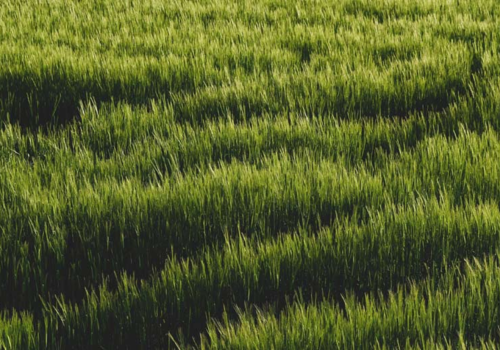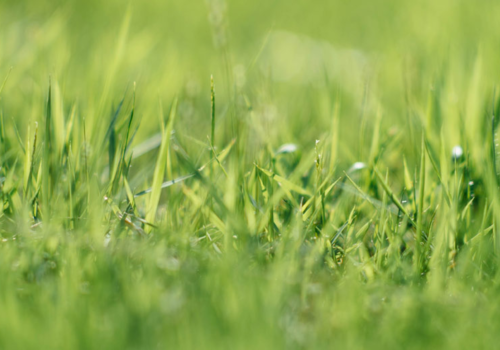
If you are replacing an existing lawn or area with plants and you have the time, it is best to remove everything in the area first. By removing these from the area, you reduce the risk of weeds and weed grasses establishing in your new lawn.
After a week or two, you can use a spade to strip off any remaining turf and dig over the entire area. It will be hard to work, especially if the previous lawn's root system is still in place, but if you do not do so, then the lawn will end up bumpy, due to air pockets in the soil. You will also want to remove any stones, bricks and thick roots as you go.
If you have sloping areas then make sure that the curves are very gentle, so you do not scalp them with the lawnmower and make sure the soil is properly compacted, so the slope does not collapse after rainfall.
If you are planning an ornamental lawn, then you may want to add a high-quality, fine top soil to a depth of 15cm, otherwise, using a rotovator or double-digging to a depth of 15 to 20 centimetres should suffice. You can then add a pre-seeding fertiliser such as BS Pre-seeding Lawn Fertiliser to the entire area.
Treading
The next step is to 'tread' the surface of the soil. It is time-consuming but pays dividends later if you manage to squeeze out all of the air pockets that will make sections of the lawn sink later on. Putting most of your weight on your heels, shuffle over the area, moving your foot about half its length each time. Do this over every square inch of the area.
Once trodden down, use a garden rake to remove bumps and fill in depressions. Repeat this process at least twice for an ordinary lawn. If you are planning an ornamental lawn, you will need to use boards and string and repeat the process several more times to get it perfectly flat.
Finally, a few days before seeding, give the area a good watering if the soil is dry. It is important to remember that you want enough water to give the plants a head start, but the soil must be dry enough to rake without clumping together or sticking to your shoes when you sow the grass seeds or lawn seeds.


